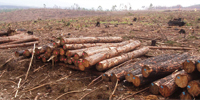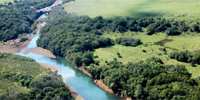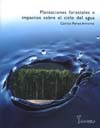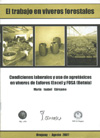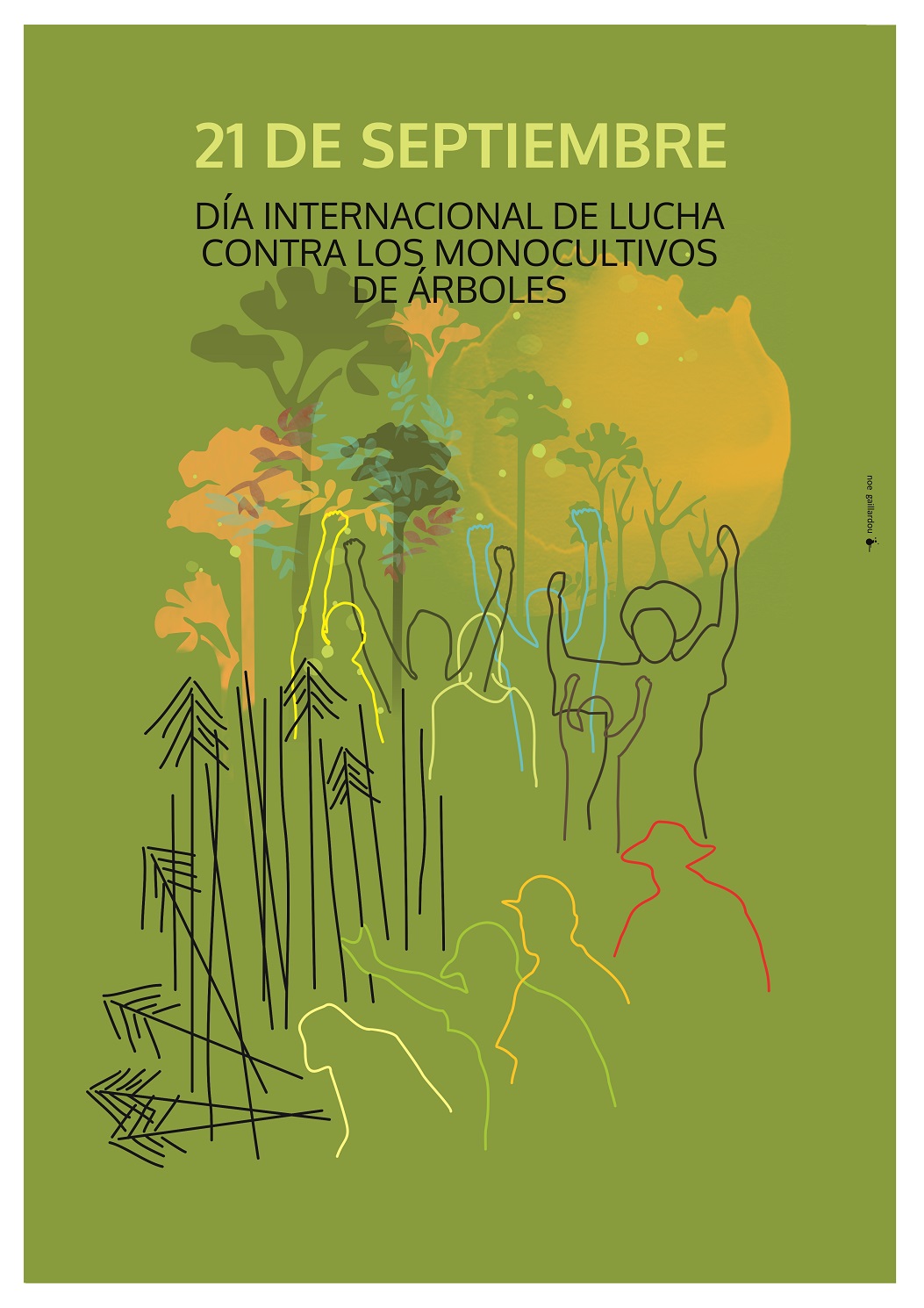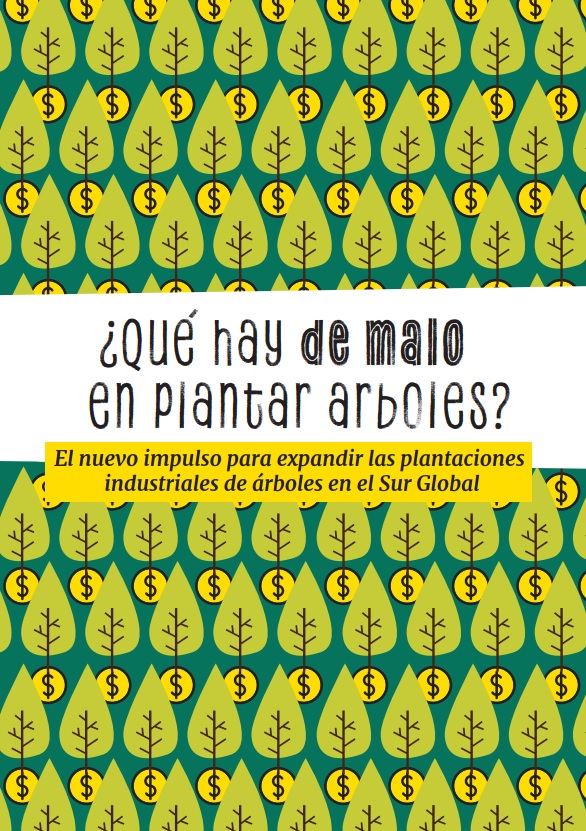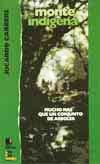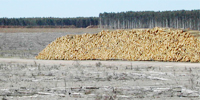By Victor L. Bacchetta
The 2004 constitutional reform that enshrined the human right to water and defined water as a public good led to the recovery of practically all of the country’s drinking water and sewage services as public services. But other key aspects of the law, such as the integrated management of water resources, have made slow progress under the current government structure, highlighting the need for wider discussion about the kind of productive model envisioned for our country.
—What is your evaluation of the results of the adoption of the reform?
—The results have been highly positive in terms of the recovery of the water and sewage services that had been privatized, despite the fact that some issues are still under dispute, like the joint venture that provides service east of the Maldonado creek, which is still 40% privately owned, in violation of the Constitution. But the biggest multinational companies that had been operating in the country, “Aguas de Barcelona” and “Aguas de Bilbao”, which operated in the department of Maldonado, have pulled out as a consequence of the constitutional reform.
—And with regard to water resource management?
—The inclusion of this article in the constitution had a bigger impact outside Uruguay than in the country, because there is no other regulation like it in the world. Nevertheless, the afforestation model has been heavily promoted here, and if we assess the results of the last four or five years, the water in our river basins and the rainwater that falls on Uruguayan territory have been seriously compromised by this kind of development.
We are extremely concerned because this is continuing to advance. At first it was claimed that this was something inherited from previously signed agreements, but that is not the case: there is a policy to move the country forward with these kinds of investments. And so the constitutional reform has not stopped this new privatization of water, which consists of taking away the water in the trunks of trees, in the production processes, through this added value. In the case of Botnia, its consumption of 80 million litres of water a day is almost one fifth of the freshwater used in the summer by OSE [the Uruguayan state-owned water facility] to supply the population, and it is being provided free of charge to a pulp mill.
In the developed countries that do not have large freshwater reserves, other rules are applied. In the United States, the privatization of public services does not amount to even 10%. The same is true in England, and there are severe penalties for harming the environment. In Europe large-scale afforestation with eucalyptus and other species is prohibited. It is a logic that is not applied in their own countries but that they promote in ours.
—The third major aspect of the reform was the concept of management based on the hydrographic basin model and founded on public participation.
—Viewed from the perspective of hydrographic basins, water is related to every area of life, with development, the land, energy, services. A central issue on the MERCOSUR (Southern Common Market) agenda is how we are going to prevent conflicts over water reserves.
We already have a conflict; we did not deal with it properly and obviously it has hurt the people, the population. Why? Because we did not use the occasion to debate something that is going to continue to happen. When a resource is scarce, everything that is installed on a basin as important as the Uruguay River basin is going to generate conflicts between countries. This is the reality in the Middle East and everywhere on the planet. Talking about the reform leads us to talk about the geopolitical reality and about whether we are mature enough to discuss these things.
The government needed to establish regulations for this new article in the Constitution. It was very important to concentrate all water uses in a single entity, because today Uruguay has more than seven ministries with jurisdiction over this area. There was not the political consensus needed to gather everything under a single ministry, and so the National Water and Sanitation Directorate (DINASA) was created within the Ministry of Housing, Land-Use Planning and the Environment.
—What has happened within DINASA with regard to this issue?
—The Water and Sewage Advisory Committee (COASA) was created, comprising representatives of public and private agencies, civil society and users. In COASA we have tried to work towards defining a proposal for the adoption of a law that regulates everything related to water resources and social participation. We have succeeded in identifying the difficulties faced in moving forward. That is, there are an enormous range of policies, when there should be a single policy on water, based on a single conception and adapted to the current circumstances.
This is where the debate currently stands, and because everything is moving very slowly, there are problems and emergencies arising in the meantime. These mega-projects continue to be brought into Latin America and the over-exploitation of natural resources as the only economic solution for the region is still the prevailing theme. This is all tied to the IIRSA project [Initiative for the Integration of Regional Infrastructure in South America], which involves the establishment of exit corridors along rivers, highways and railways to facilitate the exportation of our natural resources.
In the face of something like this, the constitutional reform is really not enough.
—The reform was a result of discussion and the mobilization of society. In terms of mobilization, what is being done today?
—It has been much more difficult to reconstruct the social fabric in this stage from what it was before this government. This progressive government has actually demobilized the social movement. Apart from specific conflicts that have emerged, it has demobilized that whole big discussion, about what kind of country we want, where we are heading, how much of this is part of the chain of production, what kind of political project of real structural change we are pursuing. And this has been difficult because social organizations have had to deal with the shock of having major leaders from the trade union and social movements in the government.
This is demobilizing because mobilization is interpreted as an attack on these representatives in the government, and we are just now learning to separate the responsibilities of government, of the administration, of the missions of a social movement or a non-governmental organization. There are many of us, in different places, who are seeking to define where we are going, what for, and if the government made up by former comrades is genuinely pursuing a project of change.
—Are these issues around water policy being followed by PIT-CNT [the national trade union confederation]?
—Very little, really, although we have a comrade from FFOSE (the OSE workers’ trade union) who is a member of the PIT-CNT Secretariat and was designated to represent PIT-CNT in COASA. An Agrarian Affairs Commission was also established, which addresses the issue of water and land, but there is no water commission in PIT-CNT and this issue has not been a major part of the federation’s agenda.
—And in the preparation of the People’s Congress?
—Yes, there is a central theme that deals with land, water, energy and sovereignty. We are working in coordination with the ANCAP Federation [the trade union of workers from ANCAP, the state energy company], FUCVAM [the housing cooperative federation] and other movements, and this coordination emerged naturally from these collective reflections. It is gaining strength in terms of both the People’s Congress and the constituent bodies of the PIT-CNT. The confederation is involved in an equally important debate over sources of employment, employment and the chain of production, intertwined with the discussion of what kind of work, in what conditions, why and for what purposes.
What has happened with Botnia, for example, is not going to change, on the contrary, it is going to intensify. And really, these new sources of employment are beads and mirrors, food today and hunger tomorrow. This forestry model must be stopped, there has to be a law that says, enough, the million hectares of plantations are more than sufficient. This issue goes back 30 years and in the social movement we did not have the necessary capacity to see the impact this was going to have. We did not see it, just like we did not see what the privatizations in 1990-1992 would mean, until we felt the impacts.
We did not see that this forms part of a very strong corporate movement on an international scale, aimed at appropriating natural resources like water to turn them into capital. There are discussions of the fair price of water, but water for domestic use is one thing, and water to be turned into capital is another. We are talking about a vital liquid that has no substitute, which is running out, and being squandered, while there are these enterprises to transform water into capital. That is the debate.
*President of the Federation of OSE [public water utility] Workers and coordinator, along with other organizations, of the National Commission in Defence of Water and Life (CNDAV).
**This article is part of a series of interviews by the author with NGO representatives and researchers regarding the imminent installation of Nordic forestry companies in our country.
The interview was published in the Uruguayan weekly newspaper “Brecha”, 8 February, 2008. http://www.brecha.com.uy


